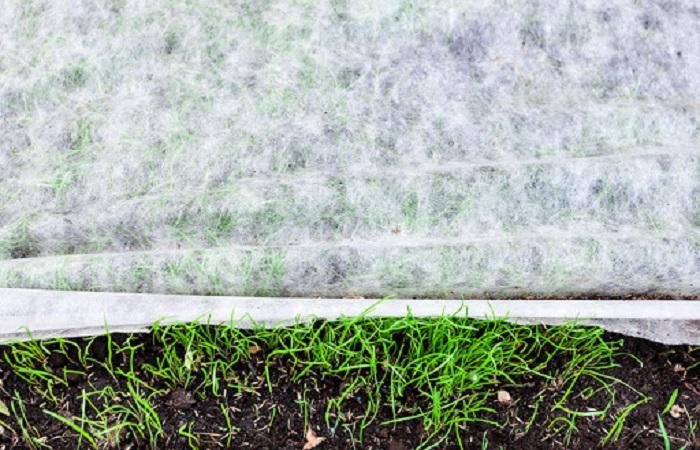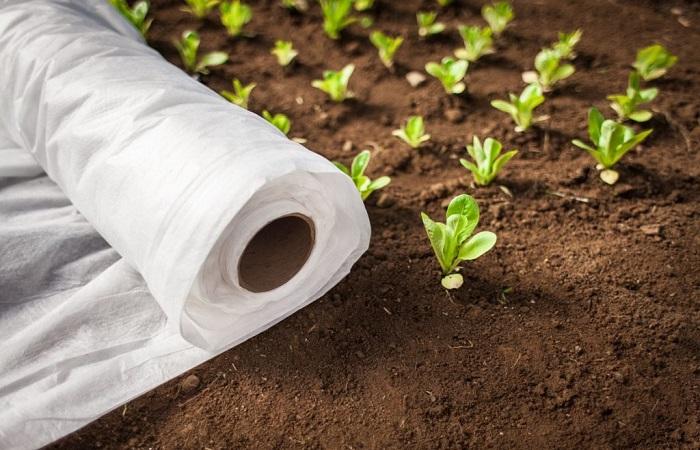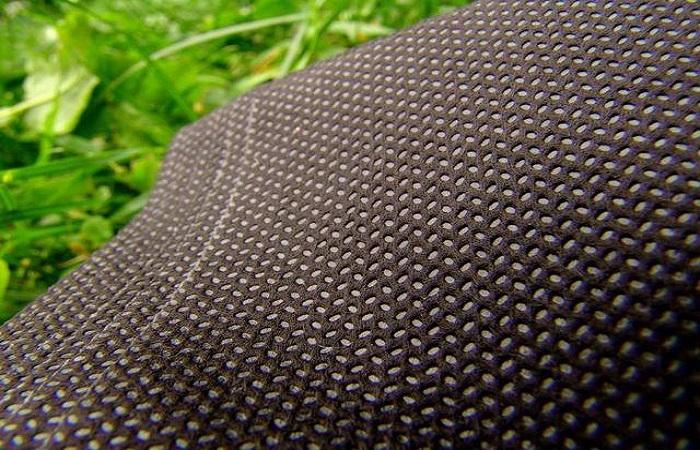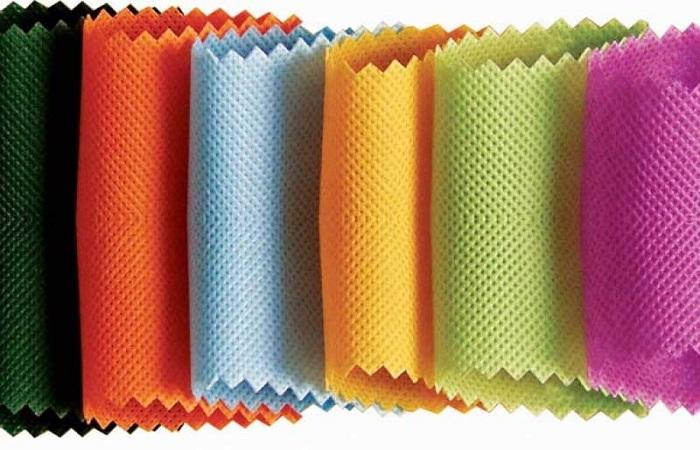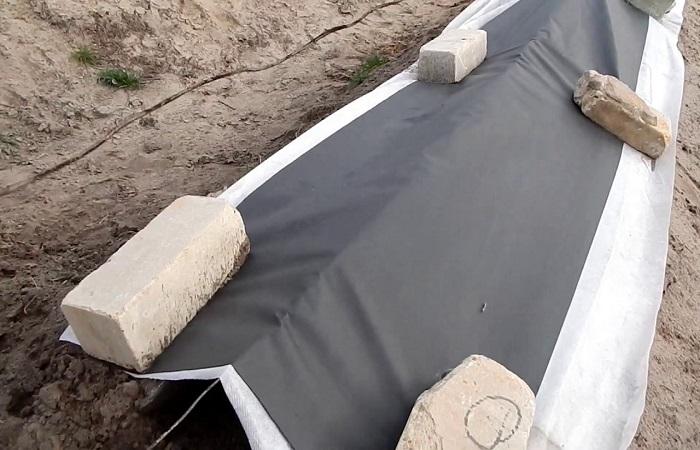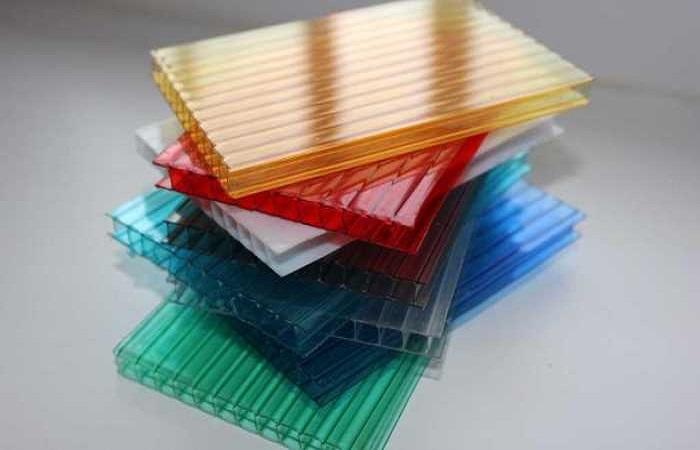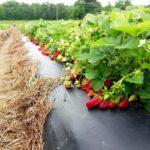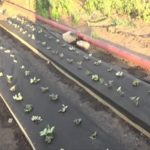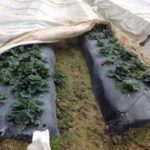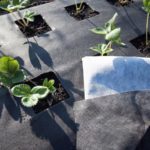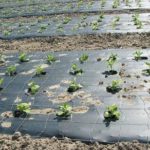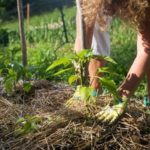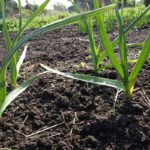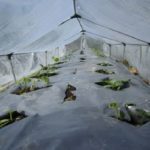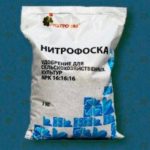In regions with a changeable climate, gardeners cannot do without using covering material for their beds. However, it performs not only the function of protecting plants from the vagaries of the weather. Polyethylene film is also used to control weeds; thanks to this cover for the whole season, you can forget about constant weeding, which takes time and effort. Before choosing a covering material, it is worth studying the pros and cons of different types.
Why do you need covering material for beds?
Modern gardeners do not rely on favorable weather when growing crops, but create favorable conditions for plants on their own. The technology of cultivating vegetable and berry plants using covering material makes it possible not only to reap a rich harvest, but also to minimize work on the plot.
This method of growing crops allows you to solve the following problems:
- significantly reduce the ripening time of crops that require heat:
- increase the number of fruits collected;
- always have early vegetables and berries on the table;
- provide plants with protection from the sun, frost and weeds;
- minimize the amount of time and effort that a gardener spends on caring for crops in the garden;
- ensure full development of plants even during periods of physiological drought, when the temperature ranges from 0 to 8 degrees Celsius;
- prevent damage to plantings by harmful insects and pathogens.
Types of covering material
Manufacturers produce several types of covering material that are suitable for use in agriculture. They can be divided into two main groups - non-woven and polyethylene. In addition, they come in white and black and have different densities - from light to very dense. Light and dense materials are made only in white, but dense ones come in both colors.
The choice of shelter is made based on the purpose of use, taking into account that each option has both advantages and disadvantages.
Polyethylene film
The service life of such material varies from 3 to 5 years, after which replacement is required. Despite the emergence of more modern varieties, it has not lost its popularity and is traditionally used by owners of personal plots for growing heat-loving crops. It is stretched over arcs and mini-greenhouses are created for early sowing of seeds for seedlings.
The advantages of polyethylene film include:
- good light transmission;
- resistance to low temperatures and effective heat retention;
- protection of soil and plants from excessive moisture during heavy rainfall;
- affordable cost of material.
Disadvantages include:
- fragility of the film (it tears quickly and is not resistant to the slightest mechanical damage);
- air and water tightness - if you do not periodically remove the film for ventilation, condensation will accumulate under it, which can cause the development of fungal diseases.
Non-woven covering material
There are many manufacturers of non-woven covering material; their products differ in density, color and other characteristics. This option does not contain toxic components, so it does not harm the plants being grown. Depending on the density, non-woven material is used in the garden as a heat insulator or agrofibre.
This shelter has a number of advantages:
- with its help, it is possible not only to insulate plants in cool weather, but also to protect them from the effects of the scorching rays of the sun (in this case, choose a white material);
- an optimal microclimate is created under it for the development of crops;
- it protects plants from pests and birds;
- non-woven material is suitable for covering greenhouses and mini-greenhouses.
The shelter has virtually no disadvantages in use, however, it is necessary to correctly select the density of the fabric that corresponds to the purpose of use.
Spunbond
Spunbond is a non-woven material and is often used by homeowners to cover beds with plants.
There are several types of material for different purposes of use:
- black version - for mulching the soil;
- white spunbond - for greenhouses and greenhouses;
- white material intended for open ground;
- black and white spunbond - to protect beds from weeds;
- red-yellow option - for sheltering crops from adverse weather conditions.
The only drawback of spunbond is the need to periodically ventilate the plants so that condensation does not accumulate under the material.
Agrofibre SUF-60
Non-woven material with a density of 60 g/m² is used in garden plots when installing greenhouses. It protects plants from cold temperatures down to 6 degrees below zero. In addition, they cover beds in early spring and are used to protect against weeds. Thanks to the use of such agrofibre, productivity increases and there is no need to use a large number of herbicides.
One of the main advantages of this material is the absence of condensation under the film, since it allows water vapor to pass through.
Polycarbonate
This polymer plastic, which can withstand temperatures down to -40 degrees, is used to build greenhouses. It is much lighter than glass and more durable than plastic film. Both vegetables and heat-loving exotic ornamental plants are grown under polycarbonate.
Thin sheets of material transmit sunlight, are resistant to gusts of wind and bend well, so they can be used to create greenhouses of any shape and size.
Advantages and disadvantages
The advantages of covering materials include the following:
- moisture is retained in the soil, so you will have to irrigate the plants less often;
- provides protection against overheating and hypothermia;
- fruits located close to the ground do not get dirty after rains;
- weeds cannot break through the film and die;
- the amount of harvested crop increases;
- the likelihood of damage to crops by insect pests and pathogens is reduced;
- soil weatherability decreases;
- metabolic processes improve in crops;
- the garden plot looks neat and well-groomed.
The disadvantages include:
- short service life of some varieties;
- the likelihood of condensation forming under the film without ventilation;
- high cost of nonwoven materials.
How to choose
When choosing nonwoven materials, first of all, pay attention to the purpose of use. If you need to purchase an option for one season, then a simple plastic film will be enough; if the gardener plans to use the shelter constantly, it is better to spend money on more expensive varieties once.
In addition, pay attention to the color of the coating; dark options are more suitable for covering the soil, and white ones are more suitable for creating greenhouses.
How to lay
Before starting work, all debris, last year's leaves and weeds are removed from the area. Next, evenly unwinding the roll, cover the entire surface of the soil. In the event that the film is used to create mini-greenhouses, arcs are first installed, and the film is stretched over them, tightly fixing it on both sides.

